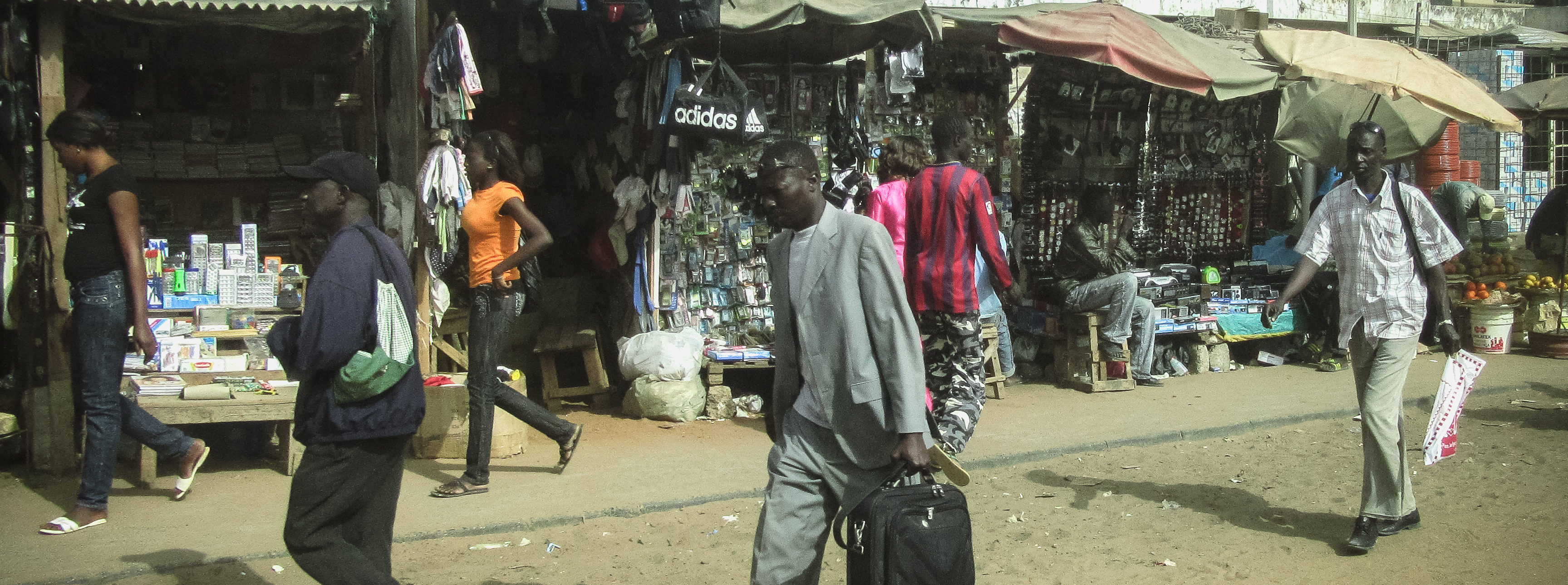
I’ll see you in court!
See you in court? Unlikely. In recent times most law courts in Africa have not been suitable places to enforce or defend low-value retail credit contracts – the transactions costs associated with the legal process swamp the value of most claims. A lender usually only goes to court in order















